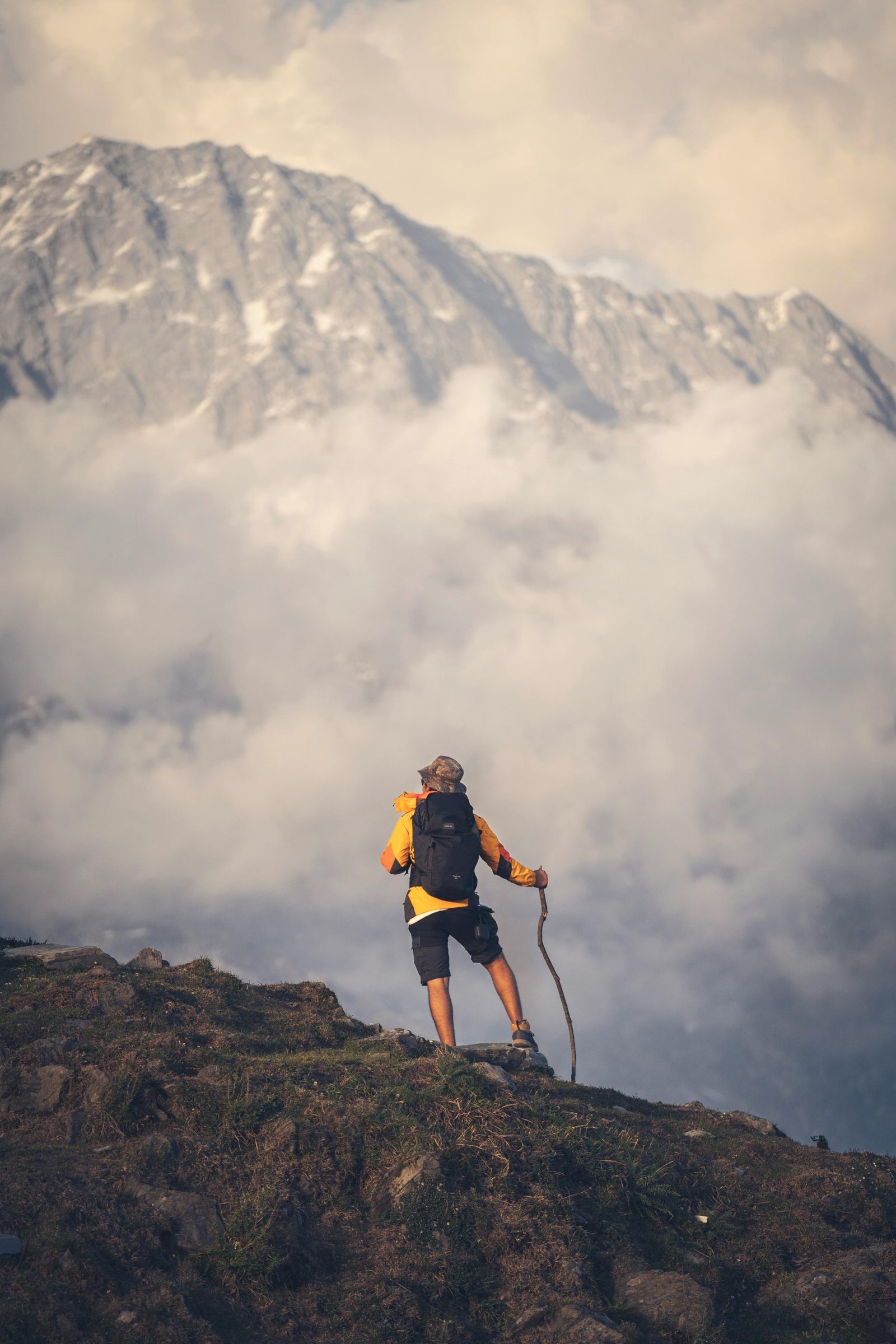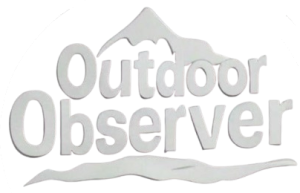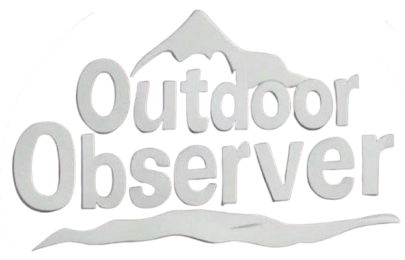This Content Is Only For Subscribers
In the post-pandemic world, backpacking has seen a significant resurgence. As people continue to seek solitude and mental clarity in nature, solo hiking and multi-day backpacking trips have risen in popularity. According to the 2025 American Hiking Survey, 31% of respondents mentioned solo hiking as their primary form of outdoor recreation, a notable increase compared to previous years.

Wilderness permits for national parks, such as those for Yosemite and Yellowstone, have also become highly competitive, with many permits selling out within minutes of being made available. The pandemic, in many ways, pushed people to re-evaluate their relationship with nature. For many, solo hiking or backpacking in remote areas is a way to escape the noise of modern life.
At the same time, there is a growing concern about the potential dangers of such remote adventures. In response to these concerns, organizations like Leave No Trace and local hiking clubs have ramped up their safety awareness campaigns, stressing the importance of proper planning, navigation skills, and carrying emergency equipment. For some enthusiasts, these efforts are seen as a necessary part of fostering a sustainable and safe outdoor culture.



